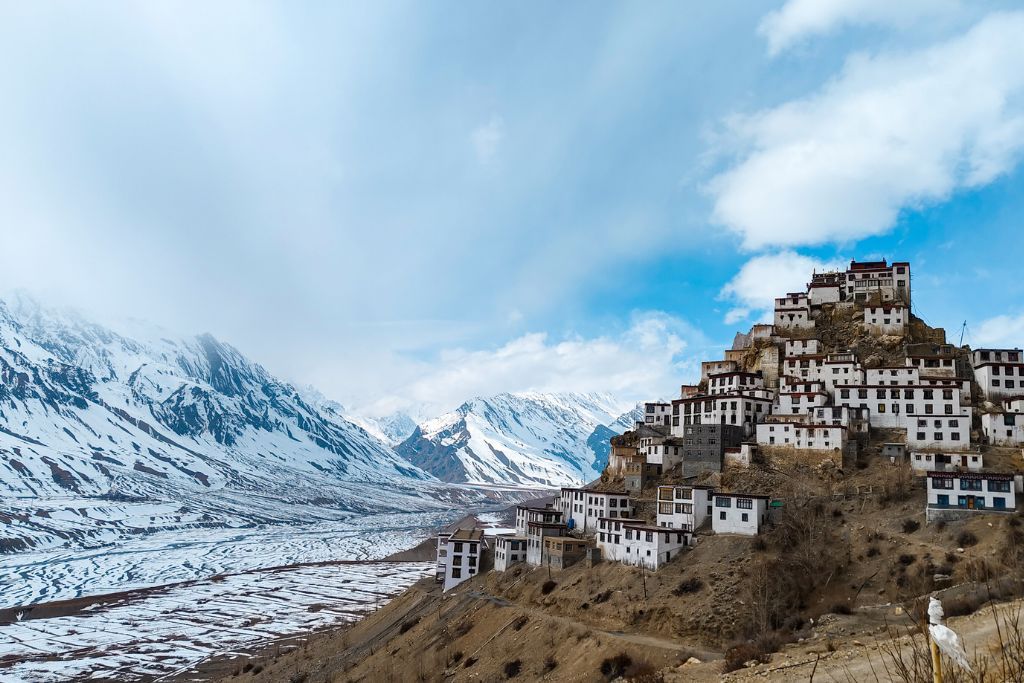Planting palm trees to prevent lightning strike deaths
Ankita Sahoo
Nov 28, 2023
Village Kabera, Dhenkanal, Odisha
Odisha tops the list of states with the most number of deaths caused by lightning. Now an environmentalist is on a mission to revive the traditional practice of planting palm trees to counter the problem.
According to the Annual Lightning Report, Odisha tops the list of states with the most number of deaths caused by lightning. The Odisha government has declared lightning strikes as a state-specific disaster. To counter the problem, environmentalist Subhransu Satpathy from Dhenkanal district has taken up the task of reviving the practice of planting palm trees.
Lightning usually hits the tallest object first. The palm tree, being the tallest among other trees in its surroundings, works as a lightning conductor. Planting the tree was a traditional practice followed in villages here, but it has slowly faded due to urbanisation and development.
Most of the lightning-related deaths and injuries occur when people are caught outdoors in the summer months in the afternoon or evening. The state has a largely agricultural and labour-intensive economy, which coupled with poor infrastructure and tropical climate play a role in the higher frequency of such incidents.
Satpathy was awarded the World Environment Day Hero Award in 2018-19. Over the last three years, he has worked with villagers in many districts like Khurda, Cuttack and Dhenkanal to plant more than 500 palm trees. He is also conducting awareness campaigns with villagers to help them understand their importance.
“Planting palm trees in reserved forest areas is helpful in reducing chances of dangerous lightning,” Satpathy Said.
The palm tree has other uses too. Its fruits are eaten, the stem is used as wood, and baskets and mats are woven with its leaves. The tree also helps in reducing human-elephant conflict in rural areas. Since elephants love palm fruit, it can fulfill the hunger of these animals and save the villagers from elephant attack, according to forest officials.
Palm trees also protect coastal areas from storms and cyclones, with its roots protecting embankments from soil erosion.
The government of Odisha has also initiated the process of planting palm trees. Special Relief Commissioner of Odisha Satyabrata Sahu has directed the forest and agriculture departments to take up palm tree plantation drives in reserve forest areas and other vulnerable districts as a lightning mitigation measure, and to launch other projects under the Disaster Mitigation Fund.
Also Read: A seed bombing eco-guerrilla wages war for green cover in rural Odisha
The lead image at the top shows lightning striking near palm trees.
Ankita Sahoo is based in Odisha, where she conducts programmes to educate women on menstrual hygiene.
Edited by: Novita Singh





